A series of carefully constructed, spiraling holes form lines across the landscape in one of the world’s aridest regions. Known as puquios, “The Ancient Peruvian Mystery,” their origin has been a puzzle that could only be solved from space.
The holes are from the Nasca region of Peru – an area famous for the Nasca lines, several enormous geometric images carved into the landscape; immaculate archaeological evidence of ceremonial burials; and the rapid decline of this once flourishing society.
What adds to the intrigue of the native ancient people of Nasca is how they survived in an area where droughts can last for years at a time. (H/T)
These puzzling holes in the arid valleys of southern Peru tell us there was once a flourishing, sophisticated society here.
The puquios were a “sophisticated hydraulic system constructed to retrieve water from underground aquifers,” says Rosa Lasaponara of the Institute of Methodologies for Environmental Analysis in Italy. And they transformed this inhospitable region.
The funnel-like shape helped to draw the wind down into the underground canals (Credit: Ab5602/Wikimedia)
The puquio are found close to the city of Nazca (shown on the map) and are thought to have been built by the ancient Nazca culture in the region.
The puquio system must have been much more developed than it appears today
Lasaponara and her team studied the puquios using satellite imaging. From this, the team could better understand how the puquios were distributed across the Nasca region and where they ran about nearby settlements – which are more accessible to date.
“According to Lasaponara, the development of the puquio system was much more advanced than previously believed. He noted that the system used an abundant water supply throughout the year to produce intensive agriculture.“
A series of canals brought the water, trapped underground, to the areas where it was needed; anything left was stored in surface reservoirs. To help keep it moving, chimneys were excavated above the canals in the shape of corkscrewing funnels. These funnels let wind into the trenches, which forced the water through the system.
Like many other South American cultures, the Nasca had no writing system.
According to Lasaponara, the hydraulic projects known as the Puquios were the most ambitious in the area during the Ancient Nasca. They provided water for both domestic and agricultural needs, and they were able to make a significant contribution to the region’s development.
The design of the puquios was so effective many still function today.
The origin of the puquios has remained a mystery to researchers because it was impossible to use traditional carbon dating techniques on the tunnels. Nor did the Nasca leave any clues as to their origin. Like many other South American cultures, they had no writing system.
Some think the famous ‘Nasca lines’ related to the presence of water (Credit: Getty Images)
“The construction of the puquios involved the use of specialized technology,” says Lasaponara. The construction of the canals had to consider the varying water availability in the area and the region’s geological and tectonic conditions. Their existence tells us something remarkable about the people who lived in the Nasca region from before 1,000 BC to AD750.
What makes them even more remarkable is that they still function today
“What is impressive is the great efforts, organization, and cooperation required for their construction and regular maintenance,” she says. That meant a regular, dependable water supply for centuries in an area that’s one of the aridest places on Earth.
“The maintenance system used to construct the Nasca lines were likely organized and collaborative. The quality of construction was so good that some of the puquios still function today. This type of system was similar to that used for other projects that involve the presence of water.“
Learning to use water effectively is crucial to ensure the region can survive. According to Lasaponara, the structures found in the Nasca basin show that the region’s people were highly organized. They also had a hierarchy that ensured their communities were under control.
Like what you’re reading? Subscribe to our top stories.








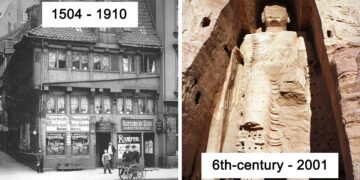














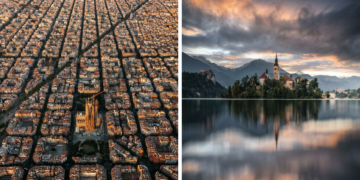
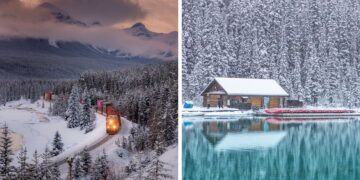


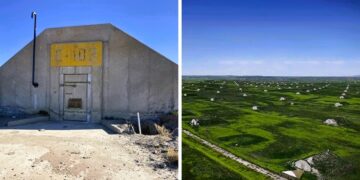







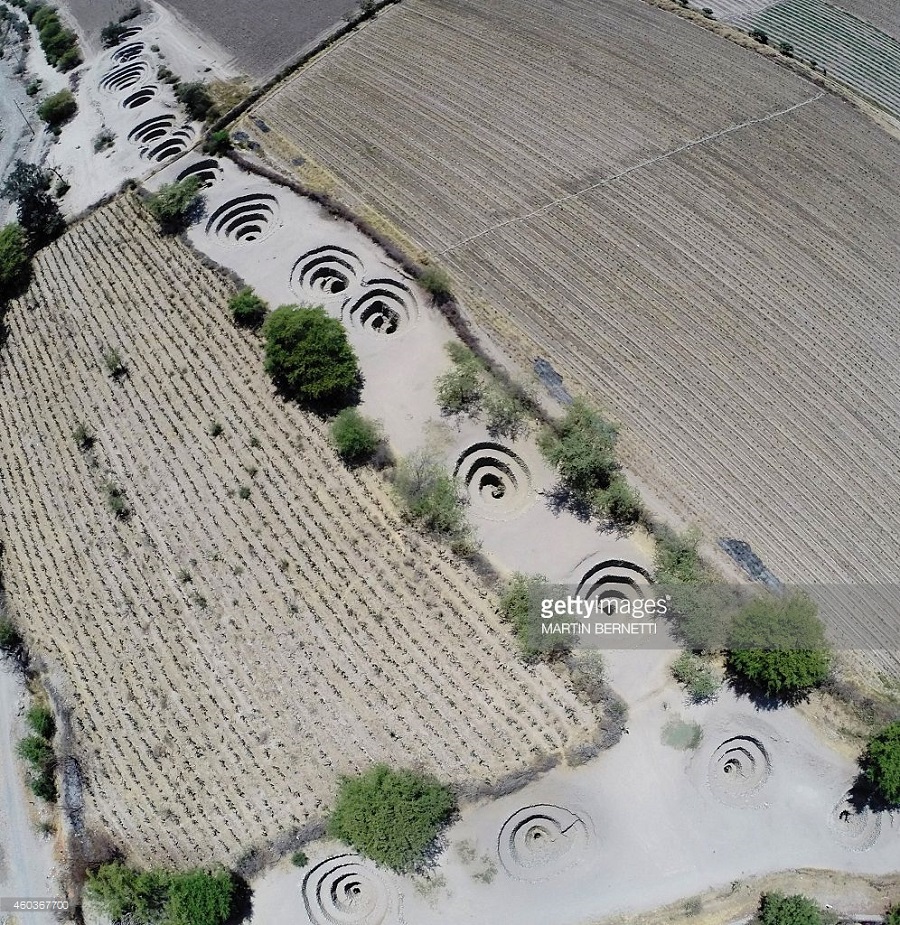
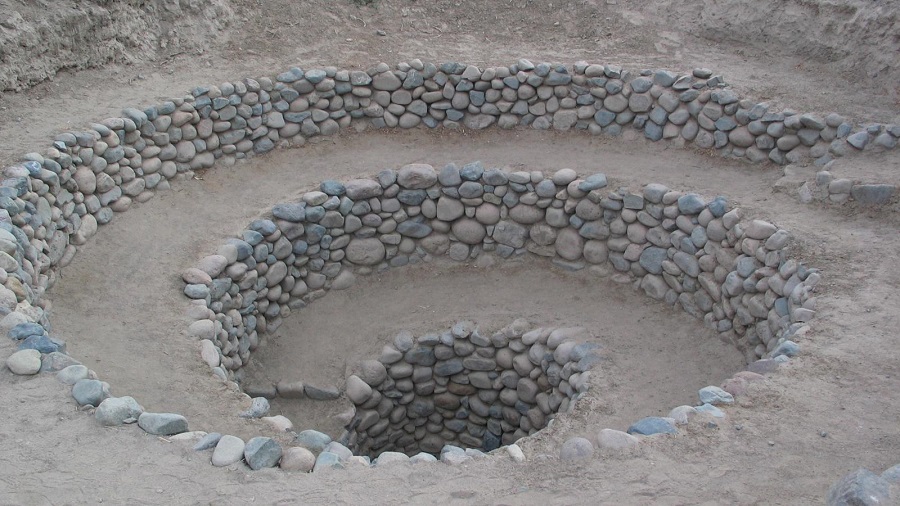


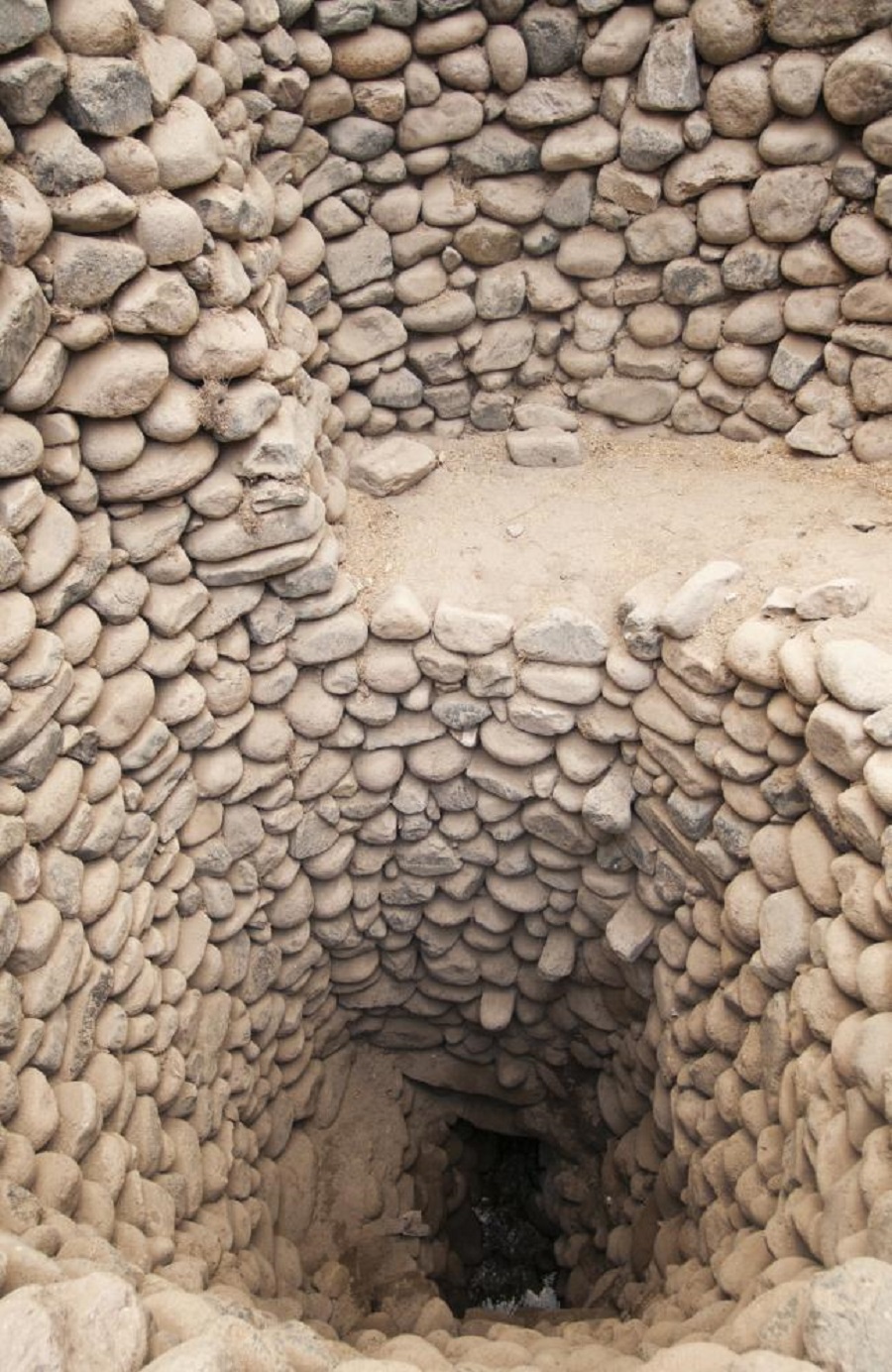
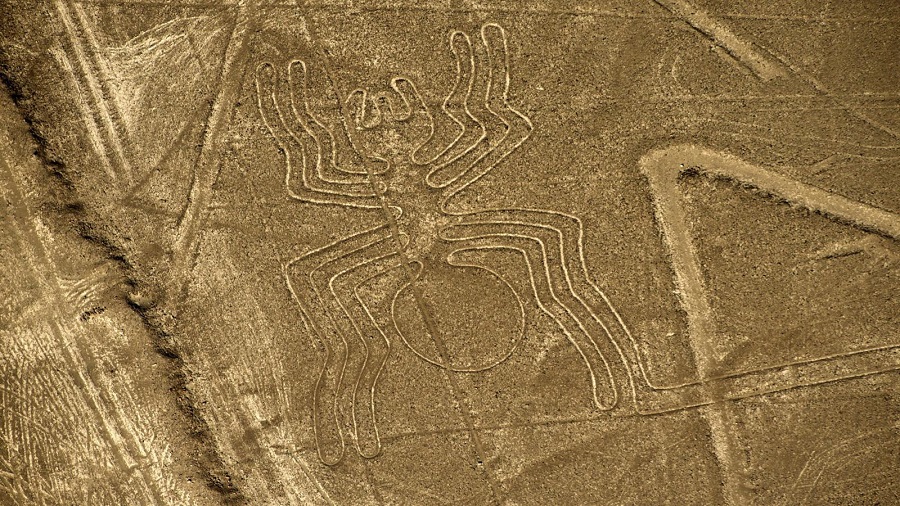









Discussion about this post